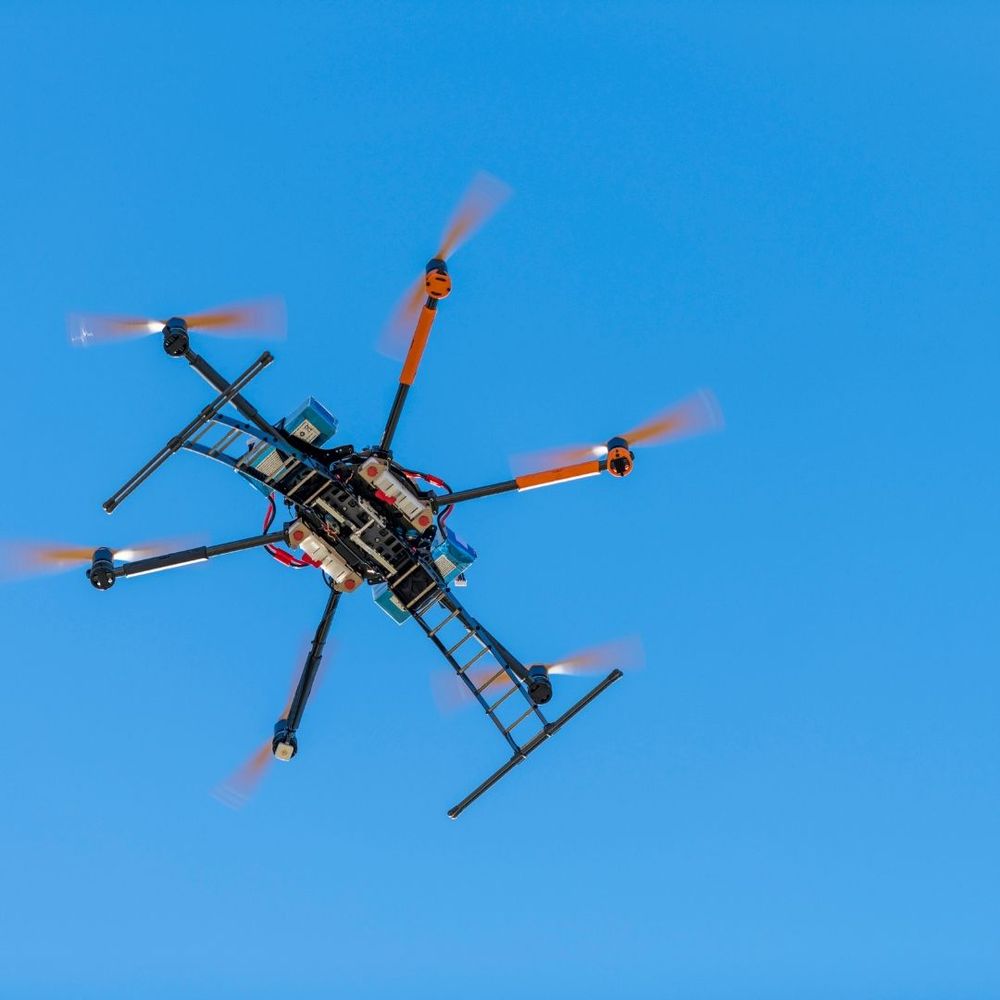CAA Updates Drone Risk Assessment Guidelines Amid Growing UAV Popularity
The Civil Aviation Authority (CAA) recently rolled out a revised edition of its CAP722H guidelines on "Specific Category Operations: Pre-defined Risk Assessment Requirements, Guidance & Policy." These revisions, now available to the public, aim to improve consistency with the CAP 722A regulations.
This most recent iteration of the CAP722H emerged as a response to feedback from stakeholders in the drone industry. The CAA expressed its gratitude to the wider community, Registered Assessment Entities (RAEs), and various stakeholder groups for their contributions in refining this latest release.
For operators holding a PDRA01 authorisation, it's crucial to note that the core conditions for operation remain unchanged. Nevertheless, the updated CAP722H introduces clarifications, supplementary notes, and amendments, all designed to streamline the PDRA template. As a result, it is recommended that current license holders acquaint themselves with these updates.
In line with their ongoing mission to digitise specific category applications, the CAA unveiled plans to review and possibly incorporate PDRA01. This endeavour will simplify and expedite the application process for drone operators. Moreover, the review seeks to discover more efficient strategies for operators to minimize risks posed to bystanders. Part of this exploration includes a re-evaluation of the privileges associated with PDRA01, done in the context of adopting the Specific Operations Risk Assessment (SORA) methodology.
With SORA in the spotlight, the CAA seeks to revolutionise the manner in which safety risks in unmanned operations are addressed. This method's primary goal is to assist operators in managing potential operational risks more productively. The CAA's vision involves leveraging this novel approach to evaluate both PDRA01 and upcoming PDRAs, ensuring their continued safety and relevance in an ever-evolving drone landscape.
Safety remains paramount in the CAA's agenda as it forges ahead with this review. Drawing upon a myriad of resources - from academic research to global regulatory practices - the CAA is partnering with the newly-minted RPAS Safety Leadership Group (SLG) and RAEs to guarantee that the RPAS sector gets a voice in the imminent PDRA01 evaluation.
As this PDRA01 assessment unfolds, drone operators are encouraged to carry on with their renewal applications as per standard procedures. Adherence to the conditions of their operational permits is imperative. For added safety, the CAA continues to endorse defensive flying practices, with particular emphasis on avoiding unnecessary flights over people.
For further clarity on this matter, consult the CAP722, specifically section 2.1.5.1. For queries or early-stage feedback regarding the review, individuals and stakeholders can reach out to PDRA01review@caa.co.uk.
Related Links:







